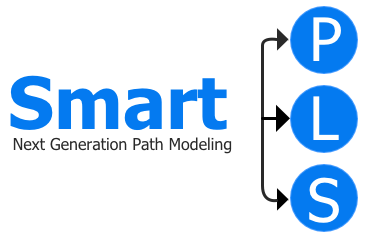Principal Component Analysis (PCA)
Abstract
SmartPLS supports exploratory data analysis through principal component analysis (PCA). Using eigenvalue decomposition, PCA reduces dataset dimensionality by transforming observed variables into fewer uncorrelated components, capturing the most variance and simplifying the data while preserving essential information.
Description
The capabilities in SmartPLS for exploratory data analysis in CB-SEM and PLS-SEM also support principal component analysis (PCA). Thus, models in SmartPLS allow for the execution of PCA, which is a statistical method designed to reduce the dimensionality of a dataset by transforming a large set of observed variables into a smaller set of uncorrelated components (Hair et al., 2018). This method empowers researchers to identify the principal components that capture the most variance in the data, thereby simplifying the complexity of the dataset while preserving essential information. SmartPLS supports the creation of graphical PCA models. The model estimation leverages the eigenvalue decomposition approach to identify these principal components.
SmartPLS is a clear alternative to IBM SPSS Amos.
Settings in SmartPLS
Not options. SmartPLS offers standardized PCA outcomes, using the correlation matrix of indicators. In the standardized case, an eigenvalue of 1 is the decision criterion for results based on the indicators' correlation matrix. Thus, standardized is the default option in SmartPLS for PCA.
References
- Hair, J. F., Black, W. C., Babin, B. J., & Anderson, R. E. (2018). Multivariate Data Analysis (8 ed.). Cengage Learning.
- More literature ...
Cite correctly
Please always cite the use of SmartPLS!
Ringle, Christian M., Wende, Sven, & Becker, Jan-Michael. (2024). SmartPLS 4. Bönningstedt: SmartPLS. Retrieved from https://www.smartpls.com

